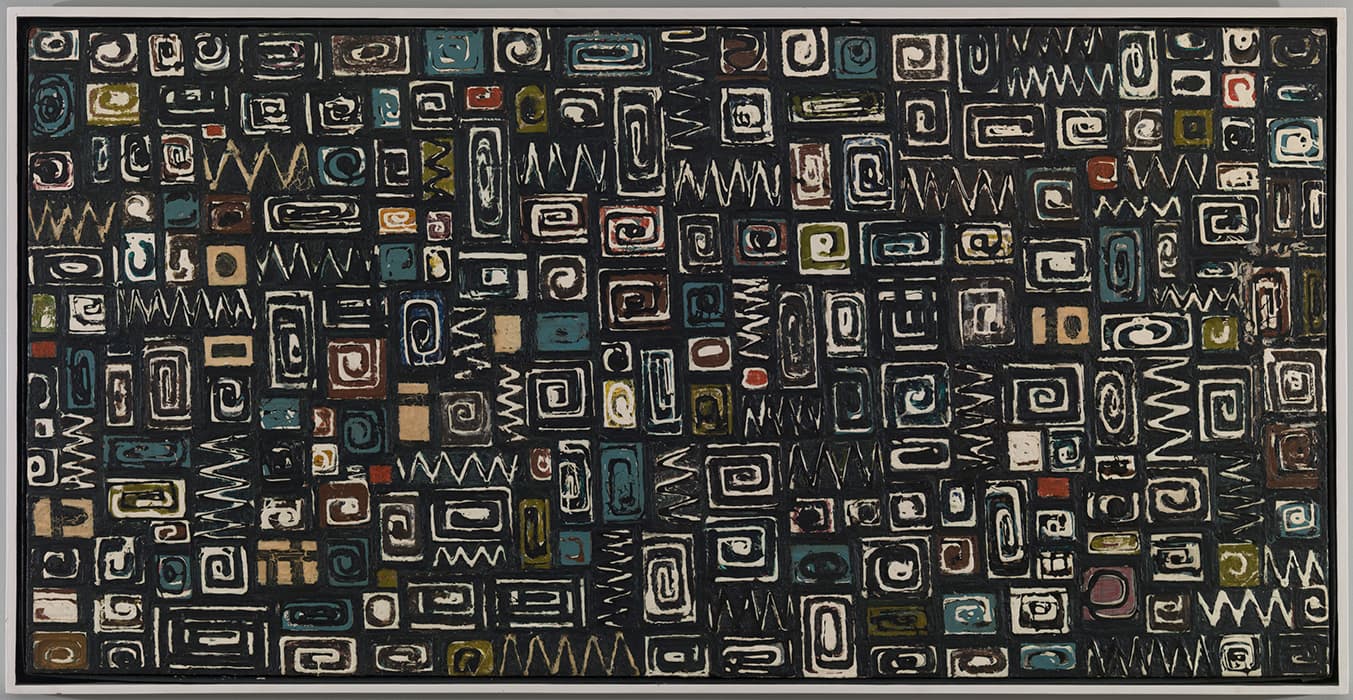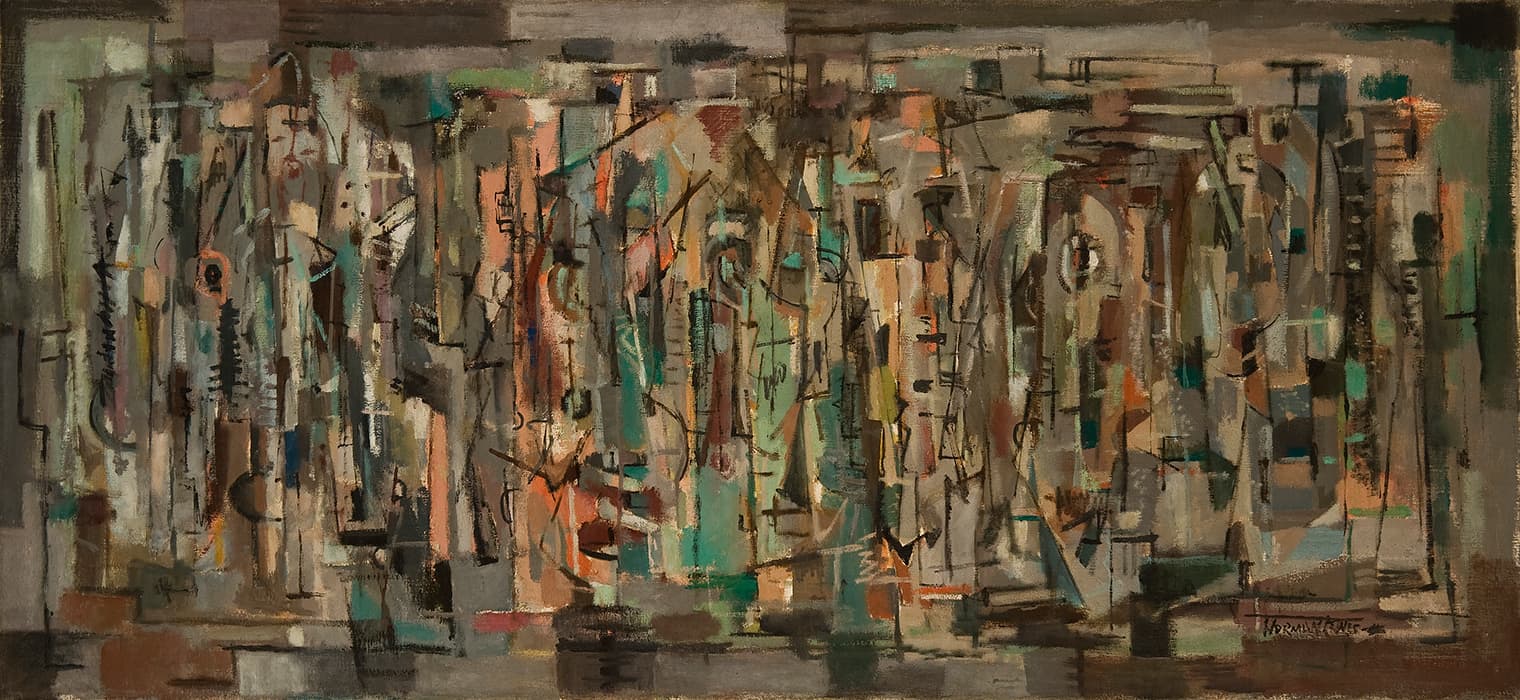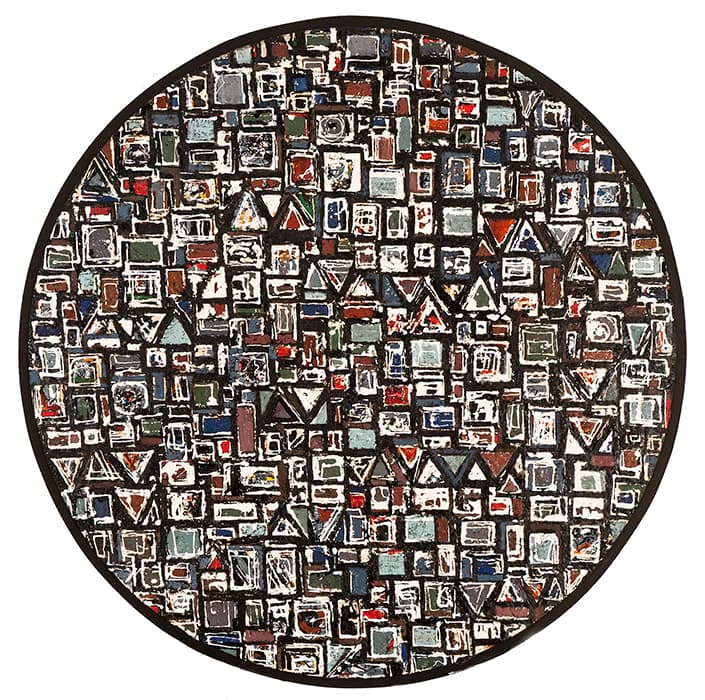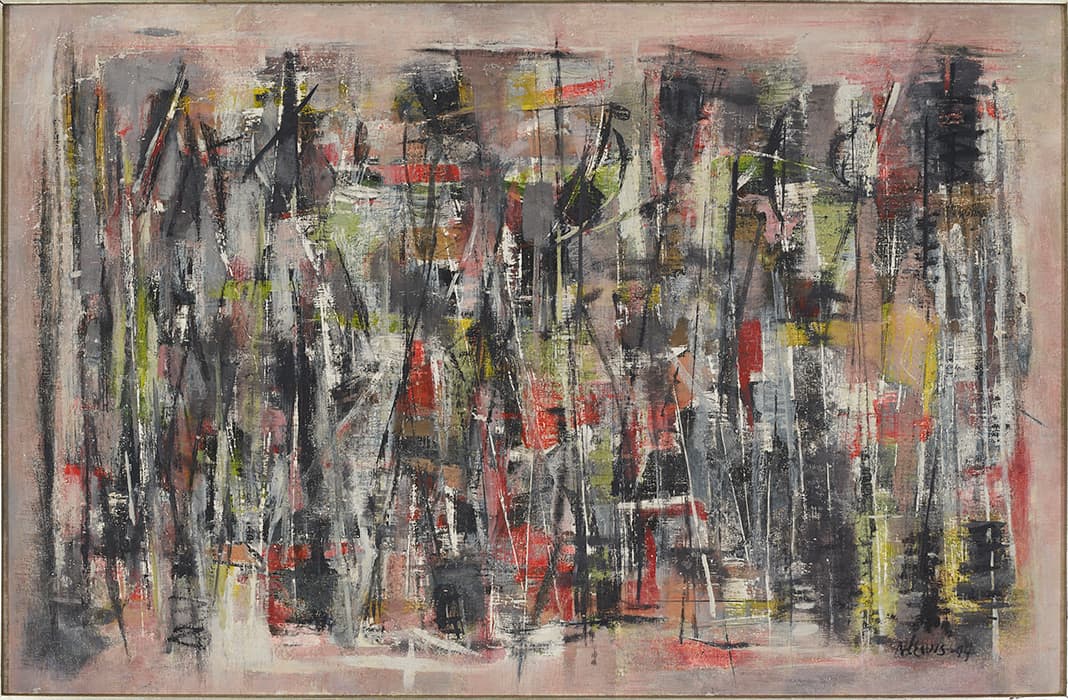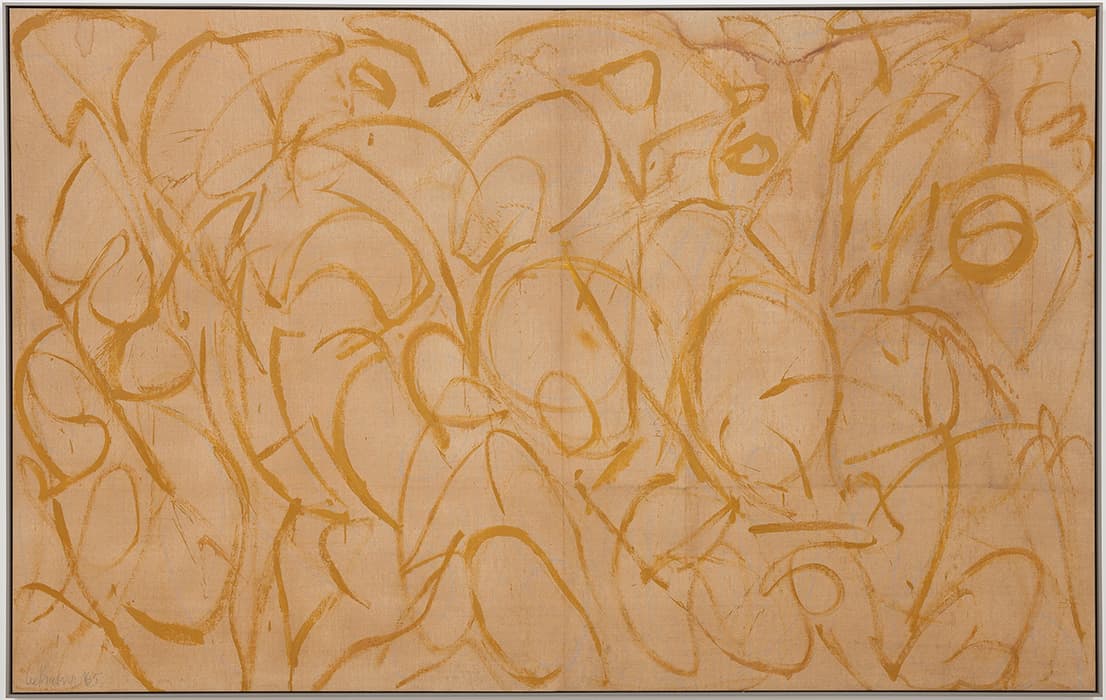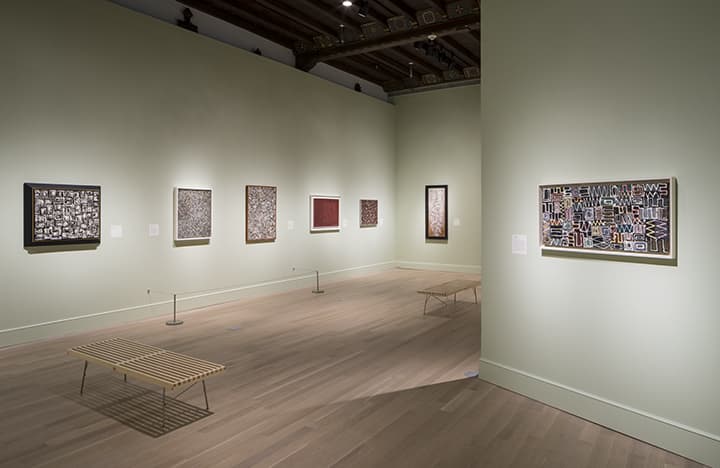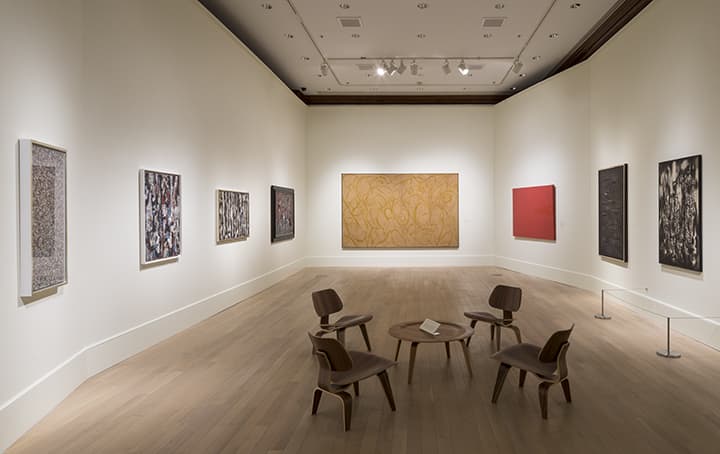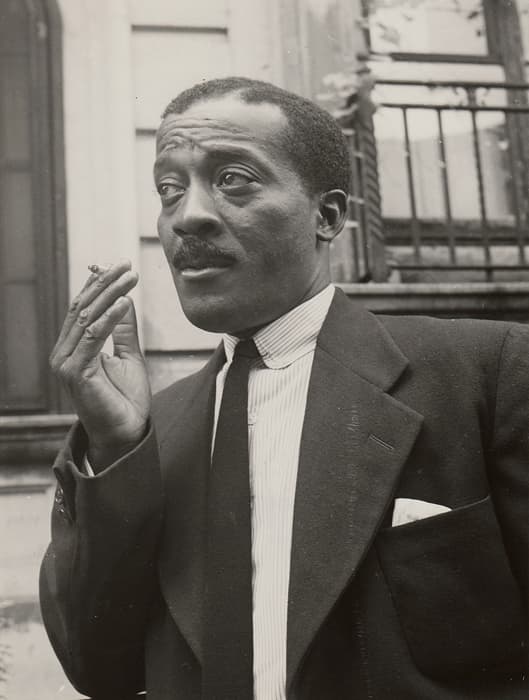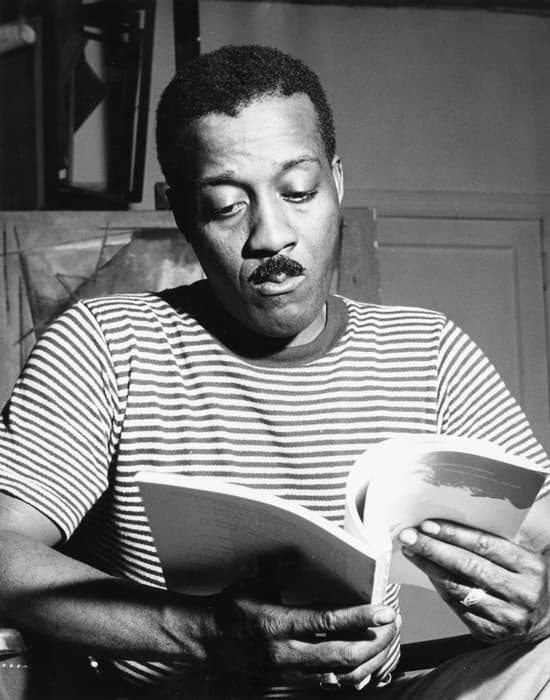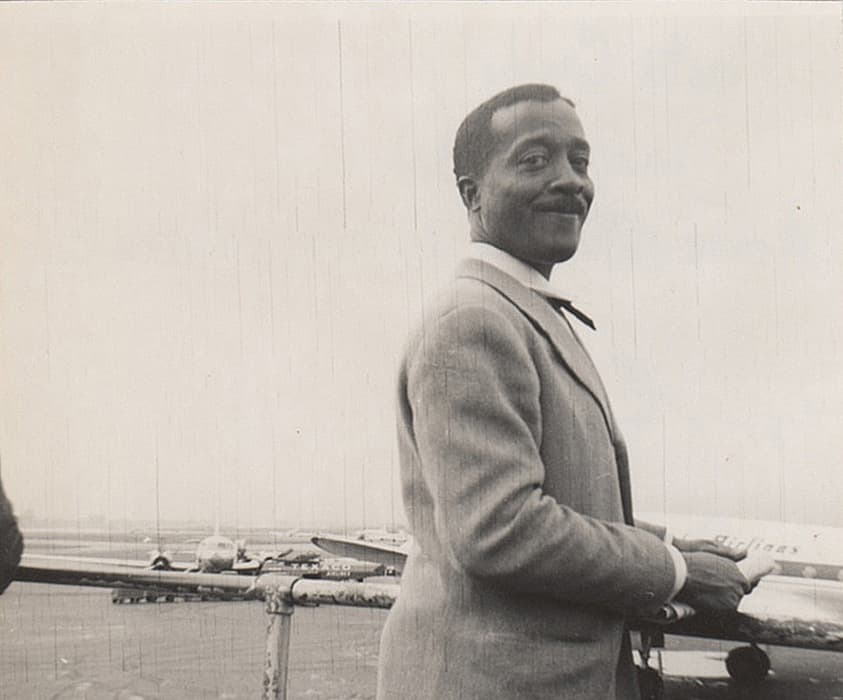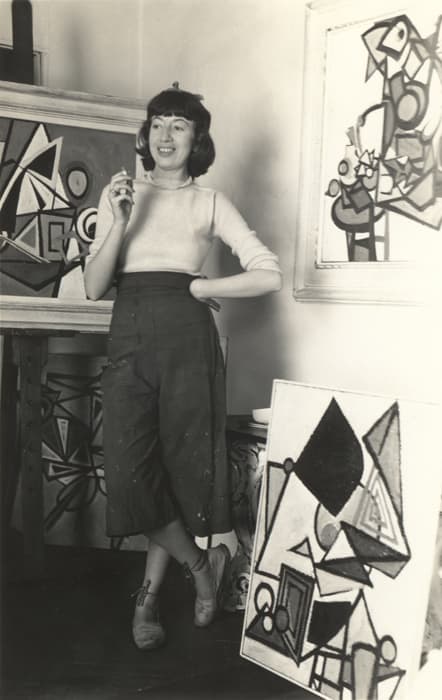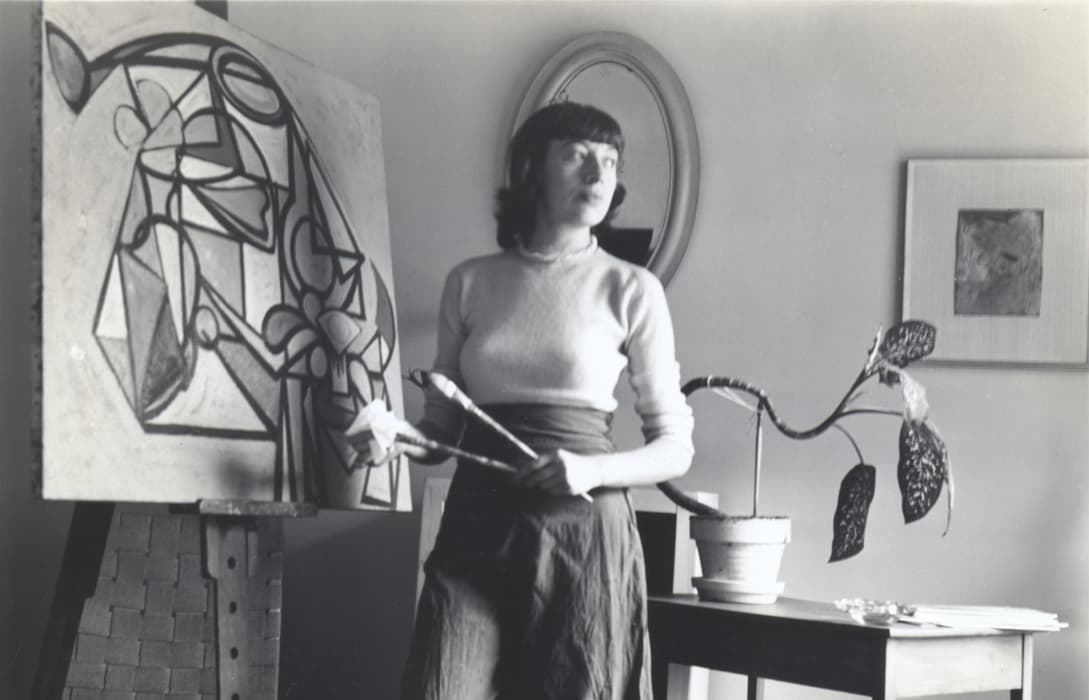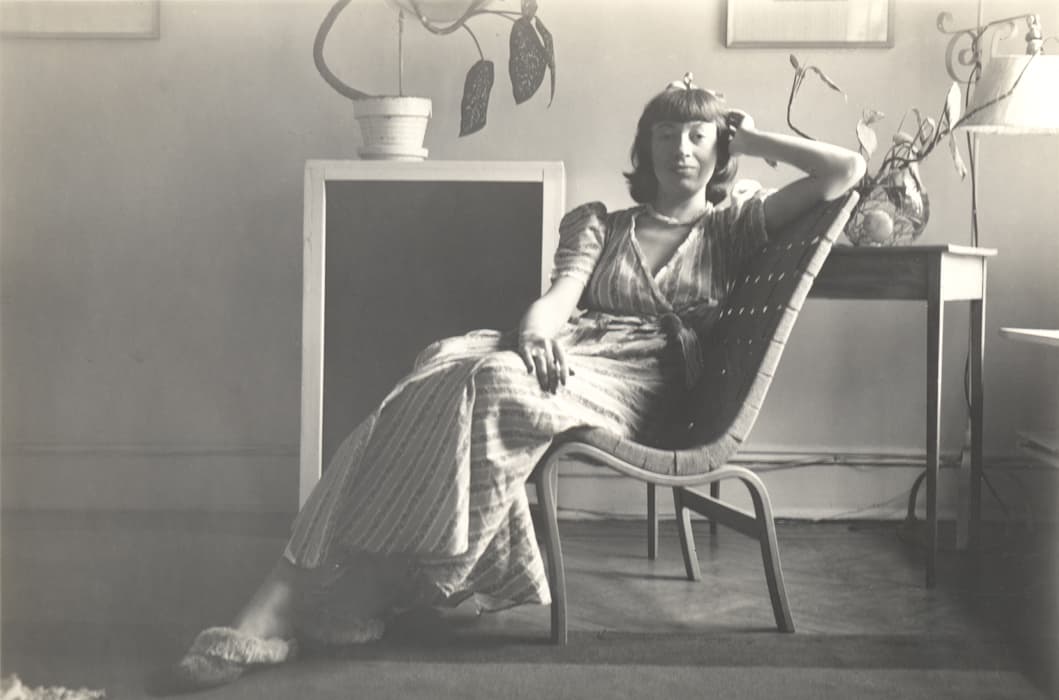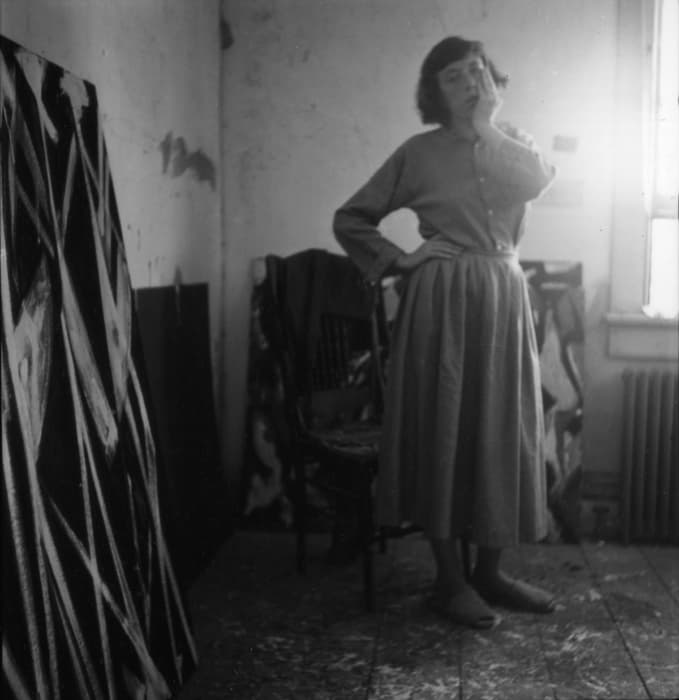From the Margins: Lee Krasner and Norman Lewis, 1945 – 1952
Through select paintings by both artists, this exhibition offers a revealing parallel view of two key Abstract Expressionists. Lee Krasner and Norman Lewis, a woman and an African American, each experimented with approaches that joined abstraction and cultural specificity. Their work similarly brims with gesture, image, and incident, yet was often overlooked by critics in their time.
This exhibition brings together two New York painters whose works offer unique and compelling approaches to abstraction. Born one year apart, Lee Krasner (1908 – 84) and Norman Lewis (1909 – 79) shared similar family situations and came of age in the economic, social, and historic complexities of the 1930s. They formed their creative identities in the artistic and cultural ferment of New York City that was to catapult it to the center of the art world after World War II.
Lee Krasner was born in Brooklyn to a Russian Jewish immigrant family. She studied at the Cooper Union and the National Academy of Design. From 1934 through 1943 she supervised a section of the mural division of the Federal Art Project of the Works Progress Administration. Krasner married the painter Jackson Pollock in 1945.
Norman Lewis’ parents were immigrants from Bermuda. His family lived on Lenox Avenue in Harlem. He studied drawing and commercial design in high school before joining the merchant marine and sailing throughout the Caribbean and South America. In the early 1930s Lewis worked with Augusta Savage, the founder and director of the Savage Studio of Arts and Crafts in Harlem. Like Krasner, he was a beneficiary of the public-works programs of the Depression years, teaching art under the auspices of the Federal Art Project.
Krasner and Lewis reached their mature styles during the 1940s and 1950s. Their works of these years suggest intriguing parallels. Both painters developed many of the signature elements of Abstract Expressionism – a rejection of realist representation; a decentered, all-over approach to the picture plane; spontaneous, gestural brushwork; and a free use of non-naturalistic color. Both reveled in the sensual pleasures of design. A key aspect of their experimental method was the use of line – loose and organic or formal and gridlike. Both artists also drew upon sources with personal meanings: ancient and nonwestern art, contemporary music, forms of writing, references to urban life. The parallel viewing of two innovative mid-century painters offers insights into both their artistic achievements and this transformative era in America.
Norman L. Kleeblatt
Susan and Elihu Rose Chief Curator
Stephen Brown
Assistant Curator
In the Press
“…a nuanced, sensitive and profound exhibition”
“…elegantly conceived and beautifully installed…”
From the Margins: Lee Krasner l Norman Lewis, 1945-1952 is made possible by The Peter Jay Sharp Exhibition Fund, the Boris Lurie Art Foundation, The Rosenblatt Charitable Trust, Roy Zuckerberg, and The Pollock-Krasner Foundation. Endowment support is provided by The Skirball Fund for American Jewish Life Exhibitions.
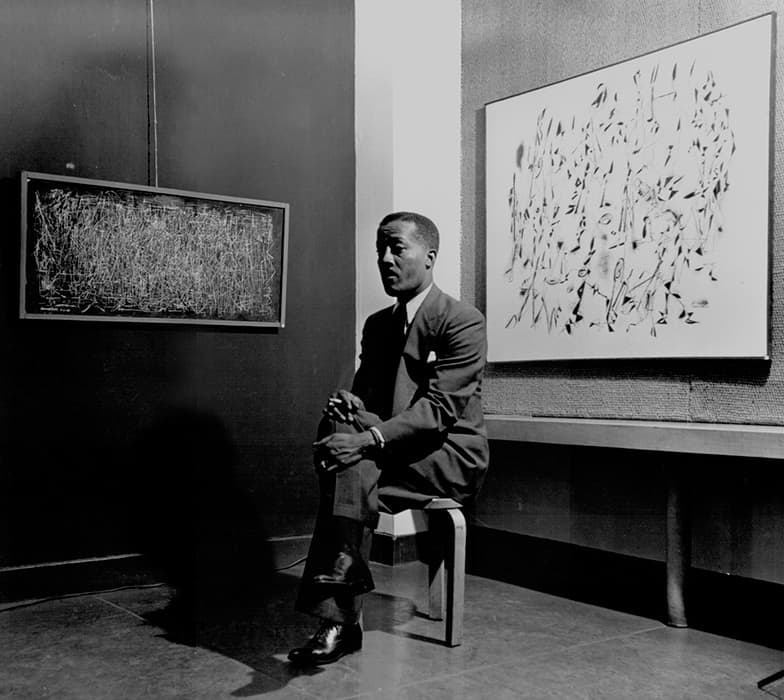
Norman Lewis, n. d. Photographer unknown, 7 ⅜ × 8 ¼ in in (18.7 × 21 cm). From the Willard Gallery Archives. Collection of Kenkeleba House. Art © The Estate of Norman W. Lewis, Courtesy of Iandor Fine Arts, New Jersey
Exhibition highlights
Explore the stories behind these snapshots of artists Lee Krasner and Norman Lewis, taken in New York City in the 1940s and 1950s.
Audio
Oral history interviews with Lee Krasner and Norman Lewis


